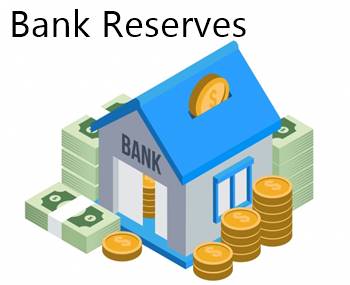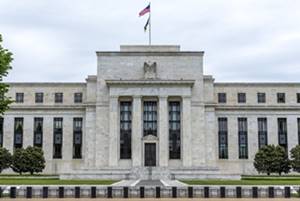
Bank Reserves
What are Bank Reserves?
Bank reserves are cash minimums that a financial institute must keep on hand to meet the requirements of the central bank. The bank is not allowed to lend this money, but must keep it in the vault, at the central bank or on-site to meet large and sudden withdrawal demands.

In India, the Reserve Bank of India regulates the cash reserves amount that every bank must maintain.
How do Bank Reserves work?
Primarily, bank reserves work as antidotes to stressful times. The Reserve Bank of India helps banks to have a specific amount of cash in their reserve so that they don’t run short and refuse customers if they want to withdraw funds.
Generally, bank reserves are divided into the needed reserve and the excess reserve. While the needed reserve is the cash-in-hand; the excess reserve is the cash that goes beyond the required limit, which can be used as providing loans.
Usually, banks get to maintain an incentive that is more than the reserve value as cash gets them no return and might lose its value during the time of Inflation. Therefore, normally banks decrease the excess reserve and give away the money to customers in the form of loans.
Moreover, bank reserves decrease during the times of economic expansion and increase during the Recession period. Thus, during good times, consumers and businesses get to borrow more and spend more and vice versa.
Talk to our investment specialist
The Regulations to Adhere By
The needed bank reserve adheres by a formula that is set by the regulations of the Reserve Bank of India. These regulations are generally based on the deposited amount in net transaction accounts. Basically, they include automatic transfer accounts, share draft accounts and demand deposits.
Net transactions are assessed as the total amount in the accounts of the transaction and deducting funds due from other banks. The required reserve ratio can also be used in the form of a tool to integrate monetary policies. Through this ratio, the central bank can influence the amount of funds that are available for borrowing.
All efforts have been made to ensure the information provided here is accurate. However, no guarantees are made regarding correctness of data. Please verify with scheme information document before making any investment.












